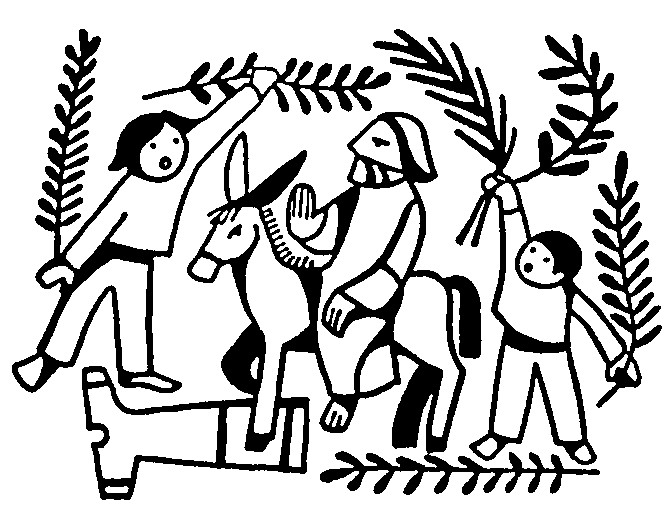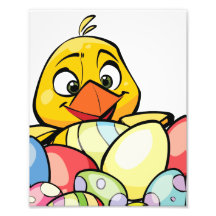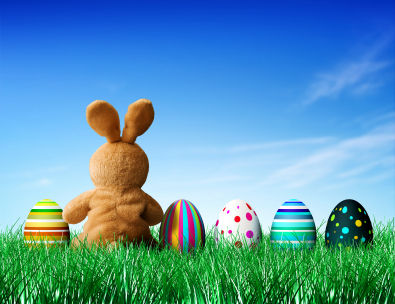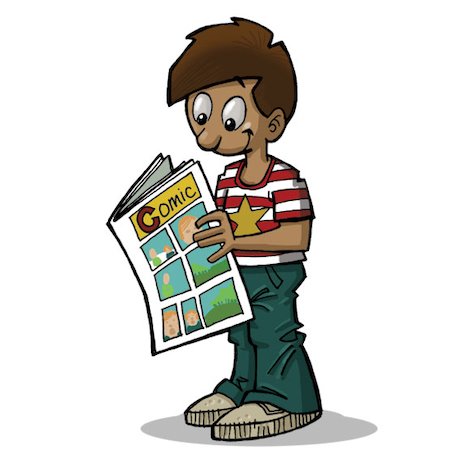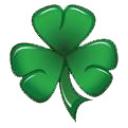WHO WAS ST. PATRICK
St. Patrick was a Christian missionary credited with the conversion of Ireland from paganism. He lived from the late 4th century A.D. to the mid 5th century A.D.
St. Patrick was born in either Scotland or Wales, the son of Roman parents living in Britain. When he was about fifteen or sixteen, he was captured and enslaved by an Irish chieftain during a raiding party across the sea. He spent several years enslaved in Ireland, herding and tending sheep and swine. It was during his captivity that St. Patrick dedicated his life to God. Legend has it that St. Patrick escaped captivity and Ireland after a dream in which God instructed him to journey to the Irish coast where he found a ship that returned him to his family.
After years of religious study, he became a priest. In a document attributed to him known as "The Confession", St. Patrick heard the voice of the Irish in his dreams, "crying to thee, come hither and walk with us once more." Eventually, Pope Clemens commissioned St. Patrick as bishop to preach the gospel to the Celtic people. Arriving back in Ireland, he commenced an incredible mission, travelling across the country, preaching and baptizing, ordaining priests and bishops, erecting churches and establishing places of learning and worship, despite constant threats to his life. It has been said that he and his disciples were responsible for converting almost all the population of Ireland to Christianity.
March 17th is the death of Saint Patrick, and his recognition as the patron saint of Ireland, that led to the celebration of March 17th as Saint Patrick's Day. In Ireland, St. Patrick's Day is a holy, religious time with praying, singing and dance.
LEGEND OF THE SERPENTS
The most famous legend about St. Patrick is that he miraculously drove snakes and all venomous beasts from Ireland by banging a drum. Even to touch Irish soil was purported to be instant death for any such creature. However, this legend is probably a metaphor for his driving the pagans from Ireland, as snakes were often associated with pagan people.
THE SHAMROCK
Finding that the pagan Irish had great difficulty comprehending the doctrine of the Trinity, St. Patrick held up a shamrock (similar to a three-leaf clover) to show how the three leaves combined to make a single plant, just as the Father, Son, and Holy Ghost combined to make the holy Trinity. The Irish understood at once, and from that time the shamrock has been the symbol of the land. Irishmen wear it in their hats on the saint's day.
WEARING GREEN
Ireland's nickname is "The Emerald Isle" because the grass on the hills is so green. Everyone wears the colour green on St. Patrick's Day to honour The Emerald Isle. If someone forgets to wear green on St. Patrick's Day, those who are wearing green are allowed to give the offender a pinch as a reminder. However, if you pinch someone who is wearing green, that person gets to pinch you back ten times!
LEPRECHAUNS
The leprechaun has been described as Ireland's national fairy. Over the years, as St. Patrick's Day became a celebration of the Irish as well as a religious holiday celebrating the life of the saint, the leprechaun has evolved as another Irish symbol.
The name leprechaun may have derived from the Irish word for shoemaker (leath bhrogan), or from the Irish word for pygmy (luacharma'n). Legend says that these aged, diminutive men are frequently found in an intoxicated state.
Leprechauns are guardians of ancient treasure, left by Danes burying it in pots. The legend goes that if caught by a mortal, a leprechaun will promise great wealth if allowed to go free. Leprechauns supposedly carry two leather pouches. In one there is a silver shilling, a magical coin that returns to the purse each time it is given away. In the other he carries a gold coin which he uses to try and bribe his way out of difficult situations. The gold coin usually turns to leaves or ashes once the leprechaun has parted with it.

